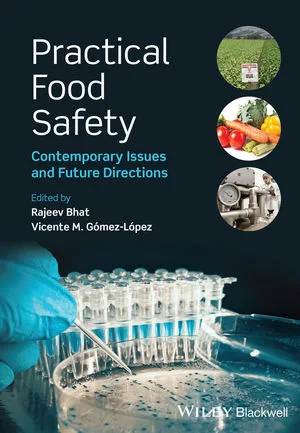NSF Survey Finds Consumers Confused about Food Expiration Dates
Source: NSF International
Expiration date labeling on food products is a source of confusion for consumers, according to a new survey from NSF International, a global public health and safety organization. The survey found that people are confused about how to interpret dates on food packaging such as expiration, “best used by” and “sell by” dates, causing many to keep some food dangerously long or prematurely throw away good food.
In fact, the survey indicated that one in four (27 percent) Americans don’t throw away food by the expiration date, putting themselves, family or friends at risk of foodborne pathogens such as Salmonella, Listeria and E. coli. Additionally, half of Americans surveyed said they throw out food based on the “best used by” and “sell by” dates (51 percent and 36 percent, respectively), wasting both their food and money. (See infographic here.)
Perhaps because of this confusion, a majority of the respondents (64 percent) said they rely on the decidedly unscientific and incorrect approach of using their senses to decide when to throw out food. Nearly half (47 percent) use visual cues such as mold or a change in texture or color as an indicator of food’s freshness. An additional 17 percent said they will throw away fresh foods based on smell — a potentially dangerous behavior, because foodborne pathogens cannot be seen or smelled.
“With so many different types of dates on food packaging, it’s understandable that consumers may be confused about what they all mean,” said Cheryl Luptowski, home safety expert at NSF International. “Some dates are references for food safety, while other dates are meant to inform the consumer of the food’s quality or help retailers be aware of how long to display food. Part of NSF International‘s mission is to educate consumers about food safety, and our survey results clearly show that more education is needed on the subject.”
Other findings from NSF International’s food expiration dates survey include:
- Uncooked meats, dairy products and produce pose the greatest food safety threat when kept too long, yet some still ignore the dates on these products. One in four (27 percent) said they keep uncooked meat past the date on the label and 22 percent said they keep dairy products such as milk and sour cream past the date on the label. Thirty-seven percent don’t throw away produce after the expiration date.
- Behavior varies according to age. Those under age 34 were more likely to throw out foods regardless of the type of date posted on the package. Conversely, Americans over age 55 were the most likely to hold onto food past any date on the label, which is concerning if they are preparing meals for young children, pregnant women or immune-compromised family and friends. Consumers older than 65 may also be more susceptible to germs which cause foodborne illness.
- Americans sometimes avoid eating at other people’s homes due to food safety concerns. According to the survey, 39 percent of respondents have avoided eating something at a friend’s or family member’s house because they didn’t trust the safety or quality of the food. The level of concern rises for middle-aged respondents. Nearly half (48 percent) of those aged 45-54 will say “no thanks” to food when they are a guest, while 35 percent of younger Americans aged 18-34 will decline food.
- Men and women tend to throw out food for the same reasons. Overall, men and women have similar behavior when it comes to throwing away food. However, women tend to be slightly more cautious when it comes to throwing out specific foods that are past the label date (e.g., uncooked meat, canned goods, prewashed vegetables, etc.). Both acknowledge relying more on changes in appearance, color or texture rather than the date on the food package.
“Food expiration dates are meant to offer guidance to consumers,” added Luptowski. “Confusion about these dates can result in many people either keeping food long past the dates on the product or throwing away food prematurely. Knowing what the dates mean can help keep you healthy, avoid food wastes and save money.”
Methodology: This survey was conducted by CARAVAN (Braun Research) from April 24-27, 2014. It polled 1,006 adults (489 men and 517 women) living in the continental United States. The margin of error is +/- 3.1 percent.
For more information, see:
Looking for quick answers on food safety topics?
Try Ask FSM, our new smart AI search tool.
Ask FSM →







